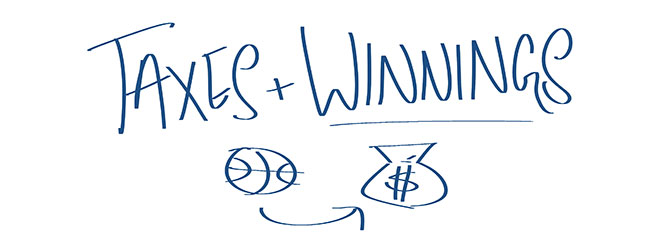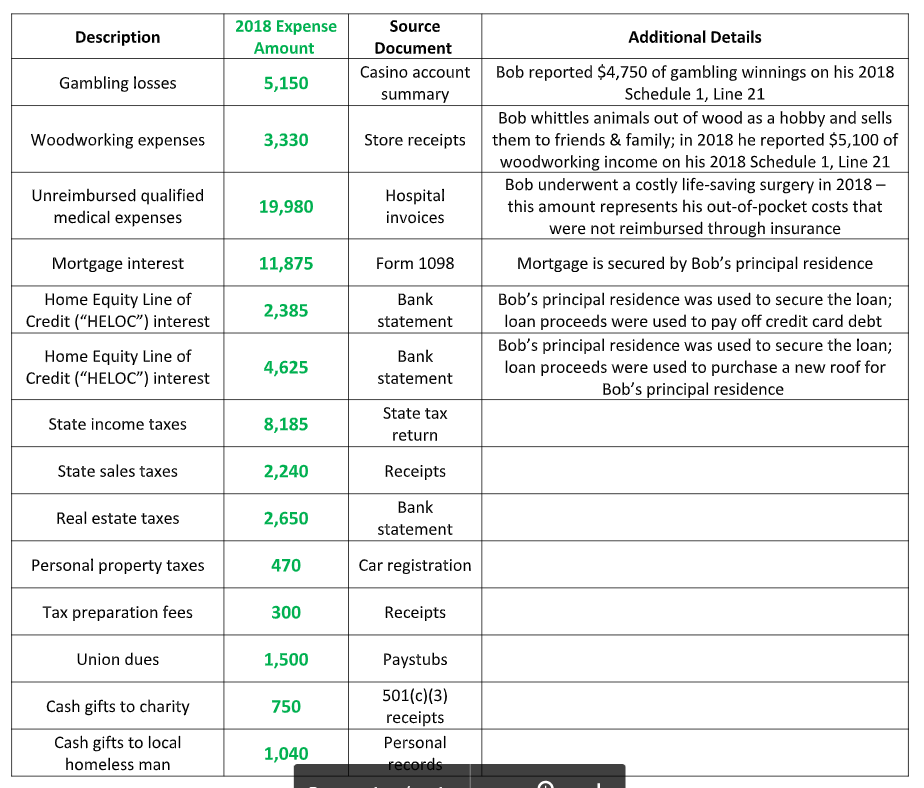Gambling Winnings 1040 Line 21
[Note: I just realized my blog commenters are required to submit an e-mail address. Nonsense. ‘Tis no longer. Now, I simply must approve your comments before they appear. As long as it isn’t spam or obviously inappropriate, we’re cool.]
Recently, I have been preoccupied with state tax issues, and rightfully so. After all, we are anxiously awaiting New Jersey Governor Chris Cristie to sign into law legalized intrastate internet gaming. At that time, I expect us to have a much clearer picture of the law’s impact on the online poker community. In the meantime, let’s jump back to the federal side.
A quick refresher:
“Professional” gamblers report gambling winnings and gambling losses on Schedule C, Profit or Loss From Business, of the Form 1040. The resulting net winnings amount, if any, is reported on line 12 of the 1040 as business income. “Recreational” gamblers report gambling winnings on line 21 of the 1040, and report gambling losses, up to the extent of gambling winnings, as itemized deductions on Schedule A of the 1040.
Gambling income includes, but is not limited to, winnings from lotteries, casino, raffles, sweepstakes, horse races and other sports betting. The taxable value is generally the cash winnings (minus the wager, bet or buy-in) and the fair market value of tangible property won (e.g. Cars and vacations). All gambling winnings are recorded on Line 21 (“Other Income”) of your Form 1040 individual tax return.
Gambling Winnings & Losses. Gambling winnings are reported as Other Income on Line 21 of IRS Form 1040. While you may be able to deduct your gambling losses, gambling winnings are not directly offset by gambling losses in your tax return. You must be able to itemize deductions on Schedule A of your return in order to deduct the gambling losses, and then can only deduct an amount up to the amount of your gambling winnings. You include $700 on Form 1040, Line 21, as “Gambling Winnings”. You cannot net the amounts and report $100 on your 1040 tax return. If you are able to itemize your deductions on Schedule A, you take a deduction for the $600 in “gambling losses.” You can only claim gambling losses up to the amount of your gambling winnings.
I covered the primary tax implications of “professional” gamblers during my discussions of the self-employment tax and travel and entertainment expenses. Let’s turn to “recreational” gamblers.


Suppose you have a full-time job, and play online poker approximately twenty hours a week. When you file your 2010 tax return, it’s likely you report as a recreational gambler. As a diligent taxpayer does, you properly document all poker “sessions.” Your results from 2010:
Gambling Winnings 1040 Line 21 Instructions
Total winnings =$42,354.00. Report on line 21 of the 1040 as “Other Income.”

Gambling Winnings 1040 Line 21 Form
Total losses = $16,213.00. Report as an itemized deduction on line 28 of Schedule A.
Why are these items listed separately, and not simply netted, like they are for professional gamblers? Several reasons:
1. Itemized Deductions v. Standard Deduction
On line 40 of the 2010 Form 1040, you report either itemized deductions or your standard deduction. In general, your federal income tax will be less if you take the larger of the two. To ascertain your itemized deductions, complete Schedule A. The standard deduction is a predetermined amount based on your filing status.
Suppose the standard deduction is greater than your itemized deductions. In that case, your gambling losses are considered part of your standard deduction, and you essentially lose out on the gambling losses.
2. Adjusted Gross Income
Several tax items are tied to Adjusted Gross Income (AGI), which is listed on line 37 of the 1040. Because recreational gambling winnings are included in AGI, but gambling losses are not, the AGI amount is higher, as compared to when net gambling winnings are included in the AGI (which is the case for professional gamblers).
An inflated AGI can further limit a taxpayer’s ability to take other deductions. Medical expenses, an itemized deduction, can be deducted only to the extent they exceed 7.5% of the taxpayer’s AGI. For example, if a taxpayer has an AGI of $100,000, medical expenses can be deducted only to the extent they exceed $7,500. Another significant deduction tied to AGI are miscellaneous itemized deductions, which can only be deducted to the extent they exceed 2% of AGI.

3. Alternative Minimum Tax
The Alternative Minimum Tax (AMT), if applicable, requires a taxpayer to pay more in tax than he would otherwise. It was enacted to prevent taxpayers with high incomes to use so many deductions resulting in little or no tax. Indeed, the U.S. Treasury expects more and more taxpayers to be subject to AMT over the next few years.
AMT is imposed on a taxpayer if the “tentative minimum tax” exceeds the regular tax, and the taxpayer then must file a Form 6251. AMT is based on a different measure of income than regular federal income tax is. This different measure is called “alternative minimum taxable income,” and includes, among other items, AGI.
In general, the greater a taxpayer’s AGI, the greater “alternative minimum taxable income” is, and accordingly, the greater is likelihood the dreaded AMT bites. All else equal, a taxpayer has a lower AGI if reporting as “professional” gambler than if reporting as a “recreational” gambler. Clearly, this result does not work in the favor of the “recreational” gambler.
Final note: Don’t conclude from this discussion that filing as a professional always generates a lower tax bill. Professional gamblers, unlike recreational gamblers, are subject to a 15.3% tax on self-employment income up to $106,800 for the 2010 tax year (note: for the 2011 tax year only, the SE tax is 13.3%). Furthermore, each taxpayer’s situation is different; whether you are a considered “professional” or “recreational” gambler under the Internal Revenue Code is a facts and circumstances determination.